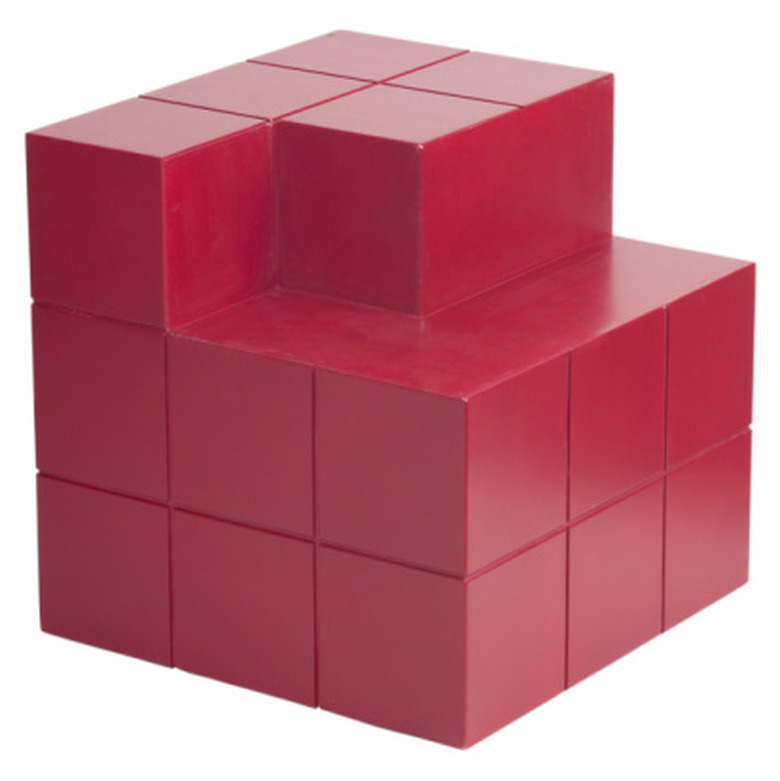How To Convert Cubic Foot To Linear Foot
Cubic measurements, used to quantify volume or capacity, are identified by their units, which are raised to the third power. The cubic exponent indicates that the measurements describe three-dimensional space. Three-dimensional space is a product of two- and one-dimensional space. In turn, two-dimensional or planar space is the square of one-dimensional or linear space. As a result of this simple mathematical relationship, cubic dimensions such as cubic feet can be reduced to the product of linear dimensions. Common linear dimensions are inches, feet, yards, or miles.
Step 1
Write the cubic foot as the linear unit raised to the power of three. For example, one cubic foot is written as 1 foot^3.
Step 2
Express the cubic unit as a product of planar and linear units. Planar units have an exponent of 2, while linear units have an exponent of 1. For example, 1 foot^3 = (1 x 1) foot^(2+1) = 1 foot^2 x 1 foot^1.
Note that when factorizing the cubic term, the coefficients of the factorized units are multiplied to produce the cubic unit, but the exponent values are always added. The coefficient is the value that precedes the unit. For example, in the case of 3 feet^2, the coefficient is 3 and the exponent is 2.
Step 3
Reduce the planar units to linear units. For example, 1 foot^2 = 1 foot^1 x 1 foot^1 = (1x1) foot^(1+1). When the exponent has a value of 1, it is not required to write the exponent. For example, foot^1 may also be written as foot.
Step 4
Write the cubit unit as a series of factors comprising linear units. For example, 1 foot^3 = 1 foot x 1 foot x 1 foot = (1 foot)^2 x (1 foot)^1 = (1 foot)^1 x (1 foot)^1 x (1 foot)^1 = (1 foot)^(1 + 1 +1).
Cite This Article
MLA
Lewis, Pearl. "How To Convert Cubic Foot To Linear Foot" sciencing.com, https://www.sciencing.com/convert-cubic-foot-linear-foot-8635269/. 24 April 2017.
APA
Lewis, Pearl. (2017, April 24). How To Convert Cubic Foot To Linear Foot. sciencing.com. Retrieved from https://www.sciencing.com/convert-cubic-foot-linear-foot-8635269/
Chicago
Lewis, Pearl. How To Convert Cubic Foot To Linear Foot last modified August 30, 2022. https://www.sciencing.com/convert-cubic-foot-linear-foot-8635269/
